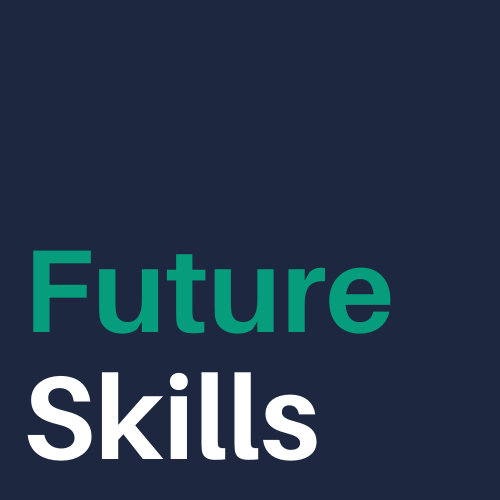We talk a lot about emerging jobs in the future of work. One job that has emerged in the last decade is content moderator. Content moderators work behind the scenes – invisible to most – to help keep horrific content out of our social feeds.
And they suffer greatly for it. A new report by The Verge, The Terror Queue, presents the horrible reality of content moderation. In the article, they share that moderators are often underpaid and subjected to horrific mental working conditions. This quote puts it into perspective:
“Every day you watch someone beheading someone, or someone shooting his girlfriend.”
Imagine that were your job. Then imagine this is how management supported you:
Google content moderators in Austin are required to view five hours of gruesome video per day.
Managers for Accenture routinely force employees to work into their break time, deny them vacation time
Google offers one standard of medical care to full-time content moderators, another for contractors. Contractors get almost no paid medical leave. –
Workers at Google are often not informed about the potential mental health consequences of content moderation when they apply for jobs.
Content moderators, according to the article, make roughly $18/hr, or $37,000 a year. And not all of them have the same access to medical care, with contractors having little to no access.
In one example, moderators with rare language skills, are immigrants trying to become US citizens. They’re employed as contractors to review Middle Eastern content:
Peter, who has done this job for nearly two years, worries about the toll that the job is taking on his mental health. His family has repeatedly urged him to quit. But he worries that he will not be able to find another job that pays as well as this one does: $18.50 an hour, or about $37,000 a year.
Like many of his co-workers working in the VE queue in Austin, Peter is an immigrant. Accenture recruited dozens of Arabic speakers like him, many of whom grew up in the Middle East. The company depends on his language skills — he speaks seven — to accurately identify hate speech and terrorist propaganda and remove it from YouTube.
Several workers I spoke with are hoping to become citizens, a feat that has only grown more difficult under the Trump administration. They worry about speaking out — to a manager, to a journalist — for fear it will complicate their immigration efforts.
There’s a cruelty here that is hard to reconcile. I don’t know if the managers at Google and Accenture know what content moderators deal with, or if they’re happy to just ignore it.
In all honestly, I don’t even know what the answer is for this type of work. The article profiles other content moderators who are making more money, and even they are having breakdowns and PTSD.
The brutality of this type of work can’t be overstated. Yet it’s invisible to most of us as we carry along scrolling and scrolling and scrolling through our social feeds.







